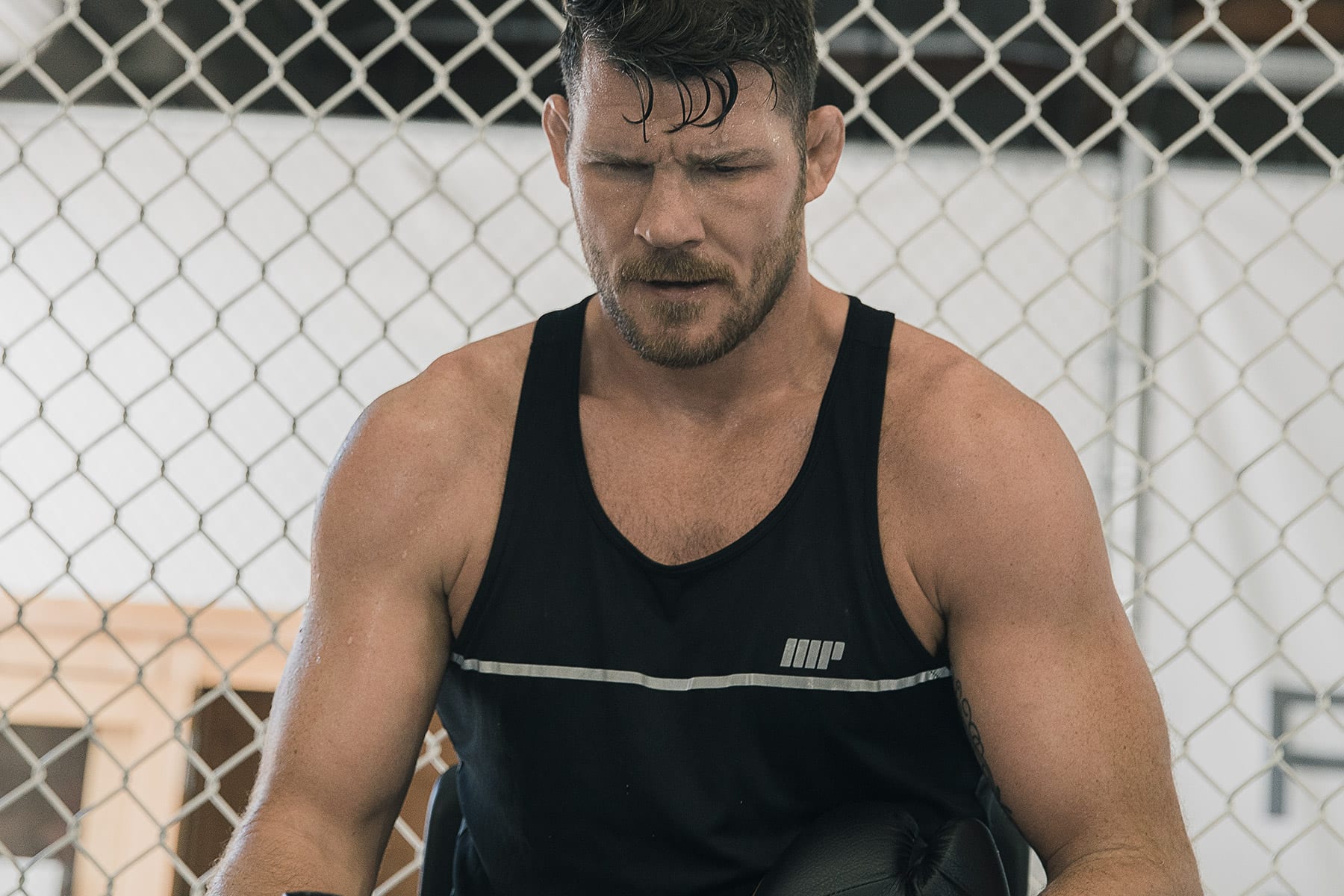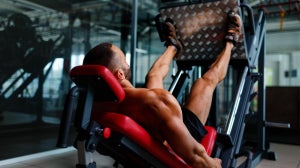
As a martial artist, it is commonly understood that if you want to kick higher, you need to stretch more.
However, this only takes you half the way. Suppleness, the consequence of stretching, is good for developing the range of your movement. In other words, stretching means your legs can move higher.
But, in terms of speed and power, stretching can only get you so far. Strengthening exercises alongside stretching are fundamental to creating powerful high kicks.
When we stretch, two phenomena occur. The first is that damaged, or colloquially understood “knots”, in the muscle are realigned to the correct formation within the muscle. The result of this is that any pain or discomfort is eased, and the muscle can move more freely. Secondly, and more important for this topic, is that the muscle fibres themselves are elongated. As a result of this, with proper nutrition and rest, the muscle fibres lengthen, increasing the range and flexibility of the muscle.

The Power Of A Kick
Here is where the first step has been completed – in theory, you can now place your foot at a higher point in the kick. But, importantly, what of the power?
The power of a kick, aside from correct technique and proper movement of weight, is the result of the contraction of a collection of muscles. There are far too many muscles to mention in this regard, but for the sake of an example, let us focus on the hip flexor muscles. Specifically, the iliopsoas, which is a combination of the Illiacus and Psoas muscles which are relevant when you kick. These muscles essentially operate as a function of your spine and your leg. Think of them as a band of tape running from your spine onto your leg, inside your hip.
When you stretch the muscle, it allows both your leg to move farther, and it provides more range for the muscle to contract. In theory, the latter aspect is important for a good kick. Where there is more range to contract, one would hope that the muscle gains extra momentum, and therefore creates a more powerful and explosive contraction, and therefore a stronger kick. Unfortunately, stretching does not work as perfectly as this.
Strength Development
When we stretch, we do not generate any new muscle fibre to a substantial degree. Rather, the already existing fibre lengthens. This means that the same volume of muscle you already had has to create more power, to compensate for the fact of the added range. In some cases, this can make your kicks slower and weaker. To accommodate this, certain exercises need to be done to stimulate growth in the muscles you stretch, and make them stronger so that your kicks can not only reach for the sky but can smash the sky too.
As in any form of strength development, a collection of different approach ought to be adopted. Sustained position sets, fast high-rep sets, and a few slow, low-rep sets. The sustained position sets need not be longer than 30 seconds a set. For example, in a splits position, taking your weight onto your legs, by keeping your hands off the floor, forces the muscles in your hips to stabilize and hold the position. 2 or 3 sets of this are adequate in training this aspect.

Heavy and High-Intensity Training
Following that, some fast high-rep sets would follow. This might be, for example, chamber kicks, or shadow kicks with minor weight added. By minor weight, I definitely mean single digit weights. Even 1kg, or 2lb, strapped to your ankle is adequate.
With strict, perfect form, move your legs in the same way as you would in a kick, but in a slower, more controlled manner, for 15 reps. Again, 2 or 3 sets are adequate. After this, your heavy strength training comes in. This is the cherry on top and separates the champions from the laypeople. Here your focus is on the range, explosivity, and power. For example, on the leg press, load up the weight, for a challenge.
With the weight on, contract your legs as far back as you can, without losing form. The more you can contract your legs here, the better. Then explode your legs outward as hard and fast as you can, making sure to breathe properly. 5 reps of 2 to 3 sets are plenty, for your purposes here.
Take Home Message
As a final note, make sure you do this regularly. The real stretch – where you hold your limbs in stationary positions, should only be occurring after a workout such as this.
The structure of your workouts should be dynamic stretches, like swinging etc.; followed by the workout mentioned above; followed by sustained, static, stretches. It is therefore only on the next workout that you are working the stretch of the muscles from the previous workout. It is therefore imperative that such workouts occur regularly within your workout schedule. With a proper dedication to this approach, you will be smashing the sky in no time!
Our articles should be used for informational and educational purposes only and are not intended to be taken as medical advice. If you're concerned, consult a health professional before taking dietary supplements or introducing any major changes to your diet.









